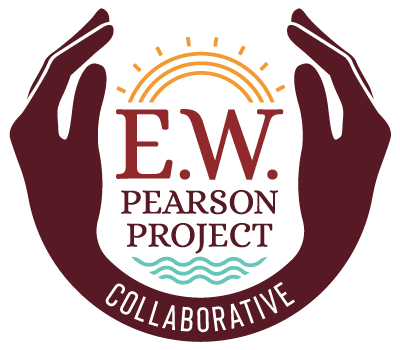Neighborhood Plans
Creating a Vision for the Future
Burton Street Neighborhood Plan
The E. W. Pearson Project Collaborative’s member communities each have worked with their neighborhood residents, business owners within the neighborhood, city staff and county staff members to create a vision for residential and commercial boundaries. This process included hosting community input sessions to gather stakeholder input, several residential surveys and qualitative interviews with residents and staff members to ensure that as many residents were included in the process.
Working in collaboration with the consulting firm, Public Participation Partners (P3),
“the Burton Street Neighborhood Plan was developed by North Carolina Department Of Transportation, in partnership with the Burton Street Community Association, to address potential impacts resulting from the I-26 Connector project and current community concerns, enhance the quality of life of the Burton Street community and to preserve the strong sense of community among Burton Street residents.”
“The East End/Valley St. neighborhood is the oldest and most historically significant African- American neighborhood in Asheville. It is here that almost all of the first African-American churches of various denominations were located—St. Matthias’ Episcopal, Nazareth First Missionary Baptist, Calvary Presbyterian, St. James’ AME, Hopkins Chapel AME Zion, and Berry Temple Methodist Episcopal. It is here that the city’s first school for black students was established—at St. Matthias’ in 1867. It was here that two of the most significant schools for African-Americans in the city were located—Allen High School, a private (Methodist) school for girls, and Stephens-Lee High School, a public school that became something of a community center and a center for black culture and education for the whole region in the mid-Twentieth Century.
In the beginning, the present East End neighborhood and the entire area surrounding the “Block” were all part of a single community. Valley Street (now South Charlotte Street) was a connecting street, not a dividing street, with houses and stores on both sides of the street and frequent pedestrian crossings from one side to the other.” Source: East End Valley Street Neighborhood Plan.
Shiloh Community
The Shiloh Community Plan 2025 is the product of a collaborative effort on the part of the Shiloh Community Association, Neighborhood Housing Services of Asheville and the City of Asheville. It represents a proactive approach by all three entities to develop a partnership to determine the needs and concerns, evaluate alternative means of addressing these needs/concerns; and to out- line strategies and implementation procedures for moving in a positive direction for the future of an important historic neighborhood in Asheville.
